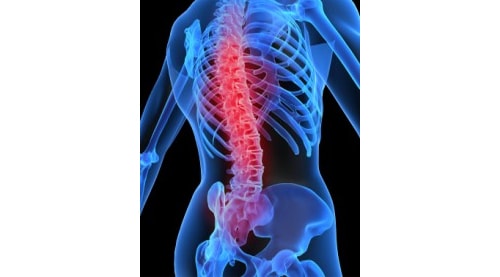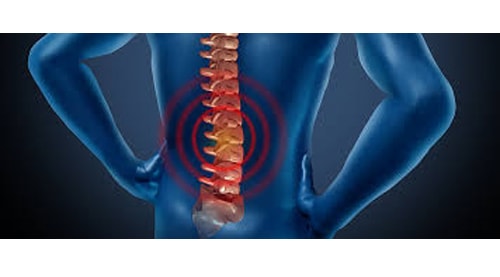Cervical Disc Surgery
Surgery for cervical disc disease generally involves one of three operations:
Posterior cervical foraminotomy and microdiscectomy
Anterior cervical discectomy and fusion
Anterior cervical discectomy and artificial disc replacement


This is a procedure performed at the back your neck; Dr Amey P. Patankar makes a small incision in the midline of your neck and performs a minimally invasive muscle dissection to expose the level of where your nerve or spinal cord is compressed. This operation involves creating a window between two vertebrae. The foraminotomy is made over a nerve root to alleviate pressure on your nerve. The nerve may be trapped by bone overgrowth, or spurs (osteophytes) or there may be a disc protrusion which is pressing on the nerve. Foraminotomy can be done with an endoscope or a microscope. If the disc fragment is removed this procedure is called a microdiscectomy.
Dr Amey P. Patankar performs this surgery by using x-ray guidance and stereotactic navigation to make one or more small incisions to gain access to the spine. He forms a tunnel by passing dilating tubular retractors down to the area of the spine that needs to be operated on. When the final retractor is secured Dr Amey P. Patankar uses specialised bayoneted instruments and a microscope to perform the surgery..
Following anterior cervical discectomy and fusion, or an artificial disc replacement, you are encouraged to walk the day after your surgery. Your neck is stable and it’s best to mobilise it as soon as possible, within the limits of discomfort. Most patients will have mild swallowing difficulties immediately after surgery. This usually resolves over a few days. Hoarseness is also possible following this surgery, but very rare. It usually occurs with surgery at the lower-most disc, as at this level that there is a nerve that controls the voice box. There are usually no stitches to remove; the stitches are buried and will be reabsorbed and dissolve with time. You can shower with the dressing on the first two days after surgery. Dressings are removed on the third day and can be left open. The wound should not be soaked – such as swimming or sitting in a bath – for one week after your operation. After surgery it is not uncommon to have various aches and pains in and around the wounded shoulders. This should improve over 6 to 12 weeks. In the first two weeks after surgery, mild nerve pain may persist because of nerve swelling. Recurrent pain usually resolves within two weeks. If the pain is severe, please contact Dr Amey P. Patankar so he can consider prescribing dexamethasone (a strong anti-inflammatory steroid medication). You will return for a review after six weeks. Avoid heavy exercise and heavy lifting for six weeks after the surgery, at which time you can resume normal activities. Following cervical spine surgery, about three percent of patients per year develop problems at the adjacent level: 20 percent of patients require surgery at adjacent levels within 10 years.